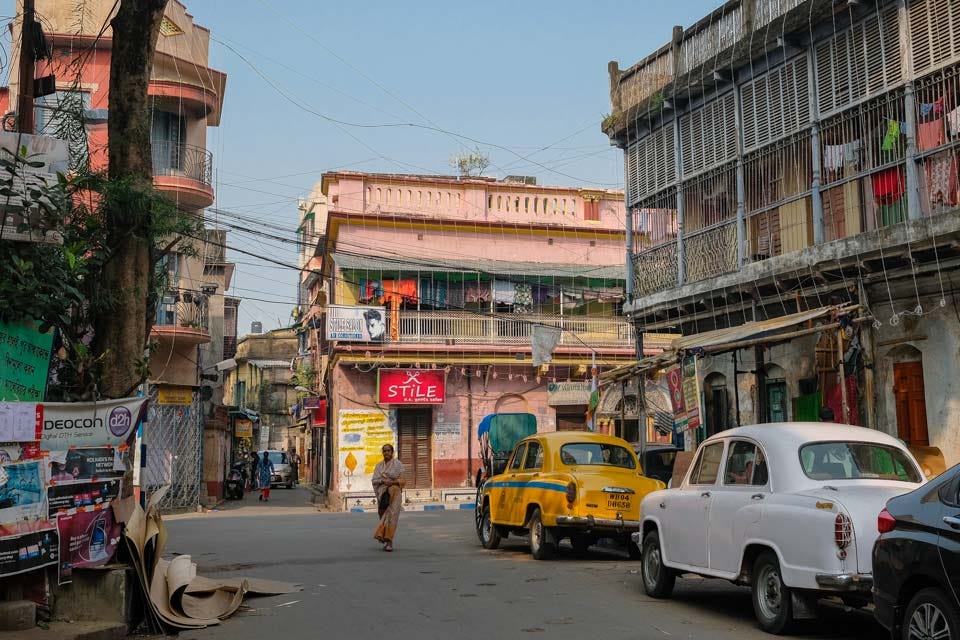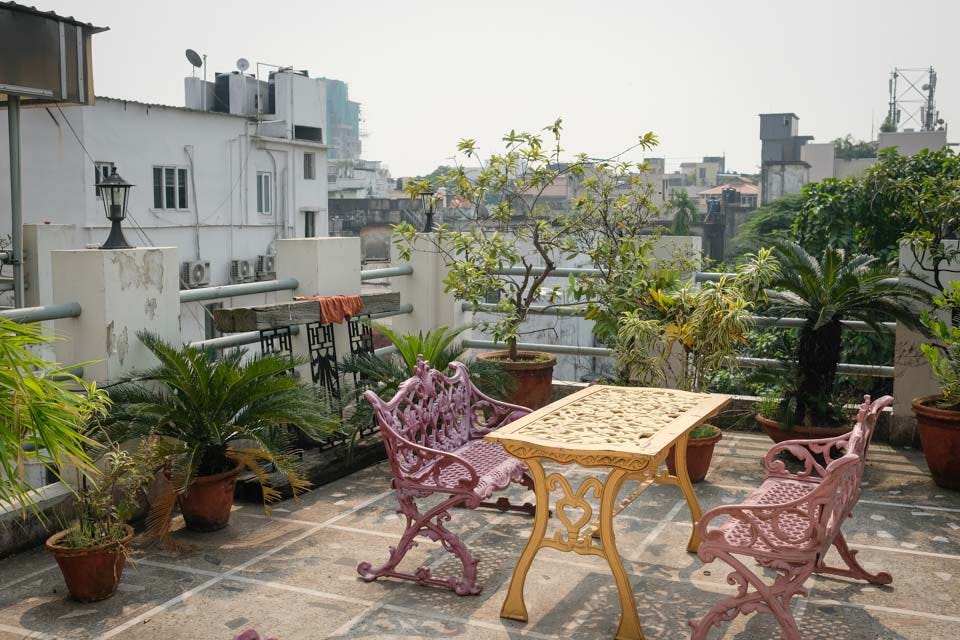The last Chinese Indians of Kolkata
On slow reporting from the City of Joy, diaspora and belonging, and memorable encounters with language.
Circling back to Kolkata
When I received confirmation in November last year that I would be participating in a journalism workshop in Kolkata, sponsored by the National Geographic Society and led by Paul Salopek of Out of Eden Walk—an estimated ten-year journey on foot to retrace our human ancestors’ migration out of Africa during the Stone Age, through stories—it felt like coming a tiny full circle.
Back in 2012, I was supposed to have spent six months in Kolkata to report on criminal justice in the West Bengal region for a global charity. I remember how excited I had been to be paired with an American photographer a few years older, who I’d just thought was so cool because she had photographed bears in the wild. I’d also made contact with the criminal lawyer I was supposed to shadow and was excited to get to work, to throw myself into the deep end. I poured over travel guides and blogs, fantasised about making a temporary home of a hostel room I’d found—from pictures, it looked a little worse for wear, but I chose to imagine it as poetically ascetic. I imagined hanging out with other aspiring journalists on the dingy rooftop of the faded building under the night sky, made warm with the camaraderie of like-minded people. It would have been my first real experience of international reporting, but it didn’t happen.
About a month before I was supposed to leave for Kolkata, I fell ill. I had a recurring high fever, and the lymph nodes on my neck swelled up. I did some tests and biopsies. The doctor woke me up one morning with a phone call and told me bluntly that I might have lymphoma, that I would have to do more tests. It was a particularly bad time to hear that, as my cousin’s wife, only in her thirties, had died recently of the same cancer. The doctor said it was best I didn’t go to India, and the NGO couldn’t wait; the American photographer needed a reporting partner. So another journalist took my place, and I, with much difficulty, put Kolkata behind me.
Thankfully, whatever I had turned out not to be lymphoma, and it wasn’t something a short course of steroids couldn’t fix. (My hunch is that I had reacted badly to the rabies vaccine I had gotten just before that.) But I’ve always wondered, in passing, how the trajectory of my life might have been different, in even the smallest way, had I spent those six months in Kolkata then. Would I have ended up living a life that revolved around India? Would I have ended up committing to foreign correspondence earlier? Who knows?
Still, it felt right that the next time—the first time—I went to India, it was to Kolkata, and on a reporting trip. I wanted really badly to apply for the Out of Eden Walk workshop, having followed Paul Salopek’s journey since he started, even though I only found out about it a few days before the deadline and hadn’t yet secured a story commission that was the prerequisite for acceptance.
But luckily, everything fell into place in the end. And then I was there. And I found another rooftop for breezy, albeit polluted, afternoons.




